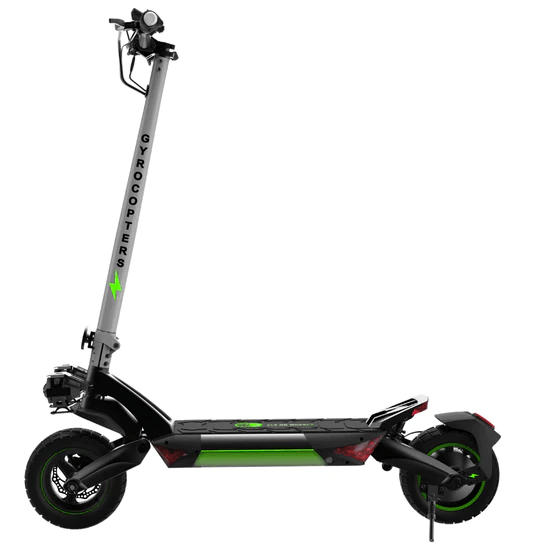mattek
1 mW
So my scooter just wont power on. when connected to the charger the light stays green and very quickly blinks red when pulling the cable out of the charging port.
I took apart the battery and hit it with a multimeter.
When connecting the leads to either of the charging port cable terminals, it reads 56.9v and 57v.
When i connected it to the terminal that goes to the controller it reads 48v and then rapidly drops to mV and steadily declines.
Here's the weird part....
When i apply pressure to a specific part of the BMS i can get the controller power cable to read 48v/49v and it will increase to 56.9 if i hold it there. i can also get it to read 48v +when i use a piece of metal to bridge these two nickel strips on the BMS. here's a video
any idea what is going on?
I took apart the battery and hit it with a multimeter.
When connecting the leads to either of the charging port cable terminals, it reads 56.9v and 57v.
When i connected it to the terminal that goes to the controller it reads 48v and then rapidly drops to mV and steadily declines.
Here's the weird part....
When i apply pressure to a specific part of the BMS i can get the controller power cable to read 48v/49v and it will increase to 56.9 if i hold it there. i can also get it to read 48v +when i use a piece of metal to bridge these two nickel strips on the BMS. here's a video
any idea what is going on?





